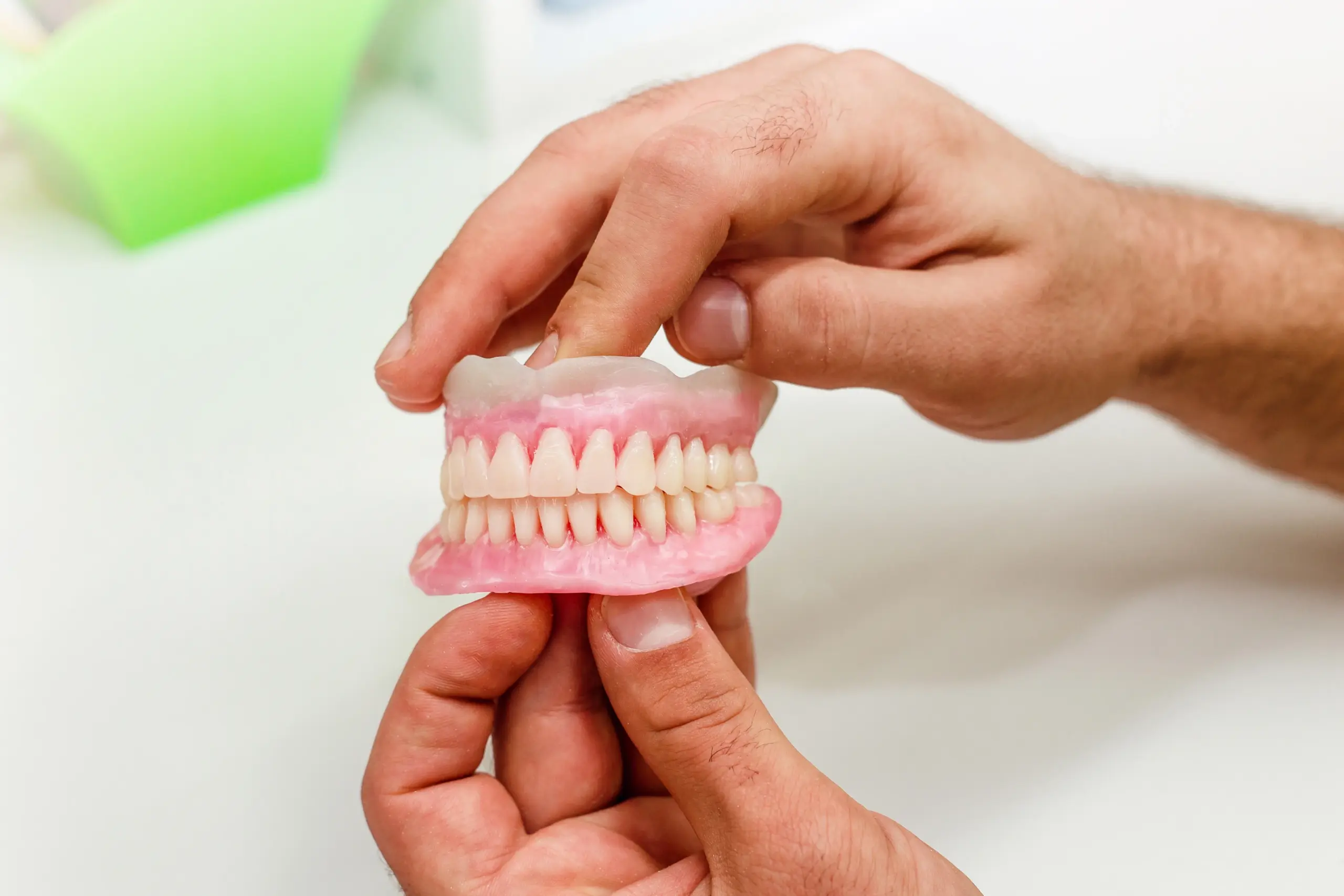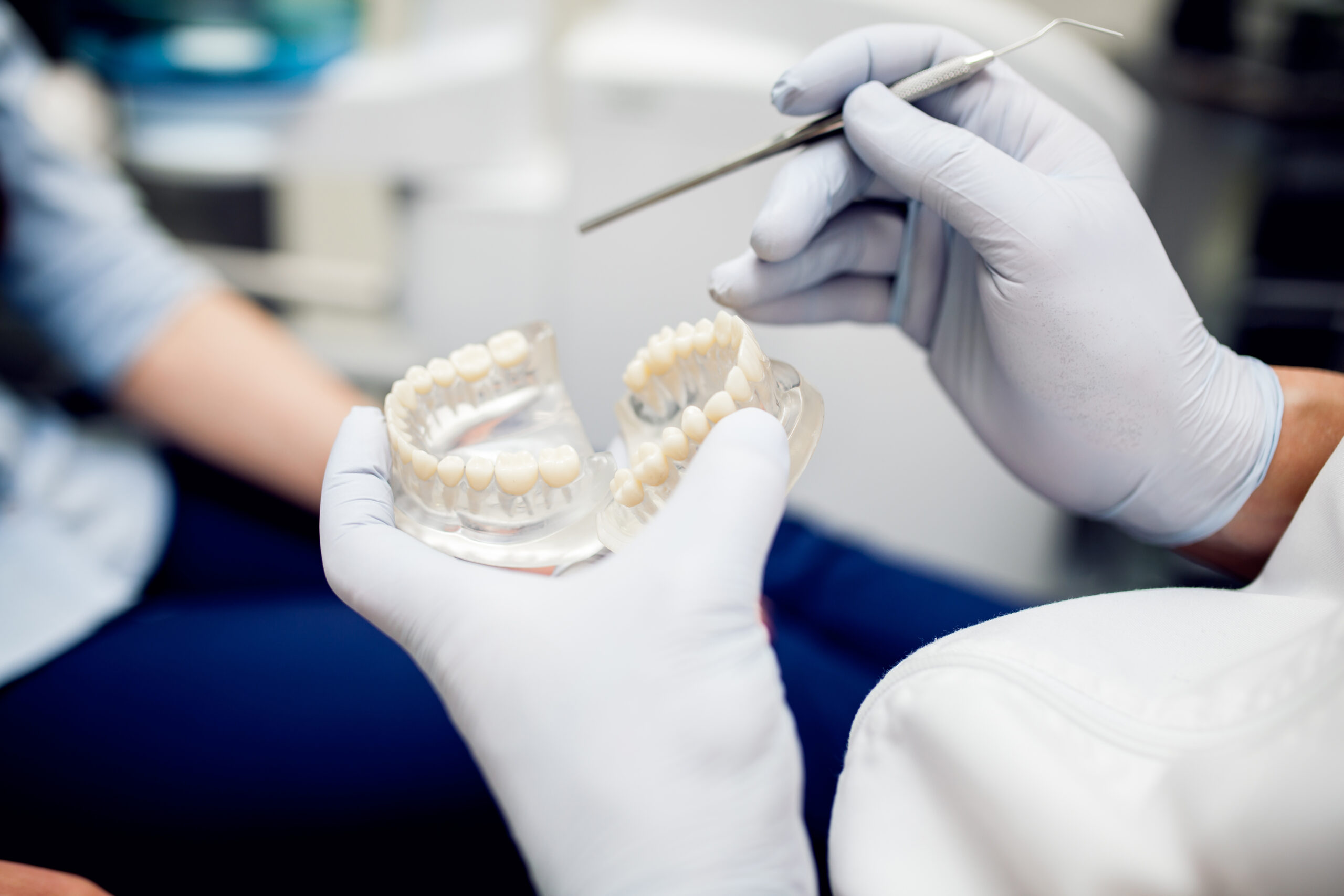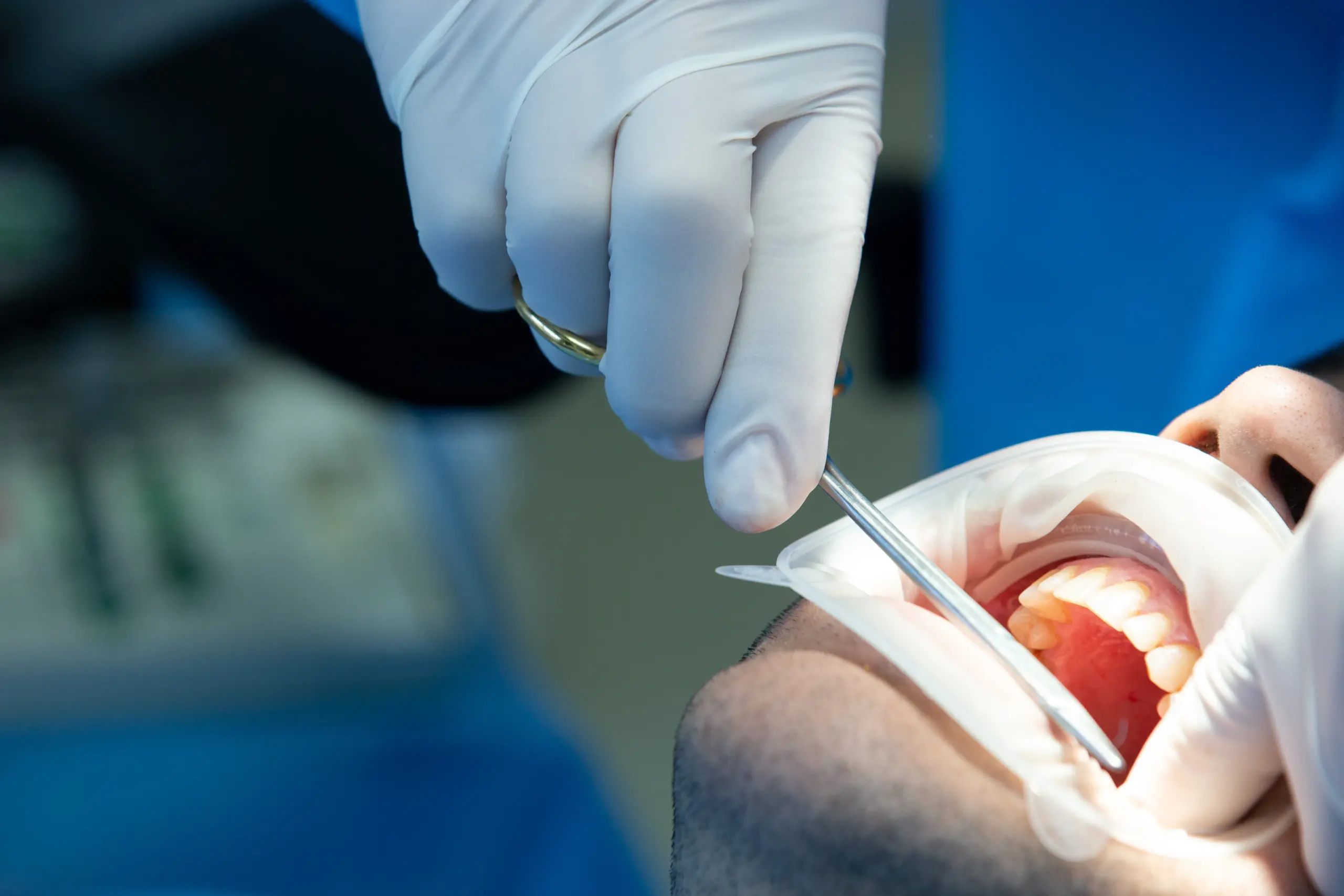Getting a dental crown is a significant step towards a healthier, more confident smile. But the question on everyone’s mind is: how long until it feels like my own tooth again? This guide provides a practical, detailed timeline of the crown adjustment process, helping you understand what to expect from the moment you leave the dentist’s chair to long-term comfort.
What to Expect Immediately After Crown Placement (The First Few Hours)
The first few hours after your crown placement are primarily about managing the after-effects of the local anaesthetic. Your mouth, especially the area around the new crown, will feel numb. This numbness typically lasts 1-3 hours, but it can vary depending on the type of anaesthetic used and your metabolism.
During this time, be extra careful not to bite your cheek or tongue, as you won’t feel any pain. It’s also wise to avoid hot liquids or foods that could burn your mouth while it’s numb.
Once the numbness wears off, you might experience some mild soreness or tenderness in the gums around the crown. This is completely normal. Think of it like the soreness you feel after a light workout – your gums have been through a minor procedure.
Over-the-counter pain relievers like paracetamol or ibuprofen can effectively manage this discomfort. Gently rinsing with warm salt water (1/4 teaspoon of salt in a cup of warm water) several times a day can also soothe your gums and help them heal. You may also experience temperature sensitivity, particularly to cold.
Bite Adjustment and Initial Healing (The First Week)
The first week is all about bite adjustment and the initial stages of gum healing. Your dentist will have carefully adjusted your bite when placing the crown, but it can still feel a little different once the numbness goes away. This is because your mouth is incredibly sensitive to even small changes. It’s like getting used to a new filling – it might feel slightly different at first, even if it’s perfectly placed.
Most people find their bite starts to feel more natural within a few days. However, it can take a full week for your bite to feel completely comfortable and normal.
If your bite feels “high” – meaning the crown touches the opposing tooth before the others – it’s essential to contact your dentist for a quick adjustment. Don’t delay this, as an uneven bite can cause discomfort, jaw pain, and even damage to the crown or opposing teeth.
By the end of the first week, gum tenderness should be significantly reduced.
Settling In–Gum Adaptation and Decreasing Sensitivity (Weeks 2-4)
During weeks 2-4, your gums continue to heal and adapt to the crown’s shape. Any remaining gum tenderness should be minimal, and you’ll likely notice a decrease in temperature sensitivity.
Your bite should feel increasingly natural and comfortable. Most people have fully adjusted to their crown by the end of the first month. You might still experience occasional sensitivity to hot or cold, but this should be lessening.
Long-Term Comfort and Care for Your Crown (After A Month)
After the first month, your crown should feel completely integrated with your natural teeth. The focus now shifts to long-term care. With proper oral hygiene – brushing twice daily with fluoride toothpaste, flossing regularly, and avoiding chewing on very hard objects – your crown can last for many years, even decades.
Regular dental check-ups are crucial for maintaining your crown and overall oral health. Your dentist can monitor the condition of the crown and surrounding tissues and identify any potential issues early on. They can also check your bite to ensure it remains properly aligned.
Recognizing Potential Problems: When to Contact Your Dentist
While the adjustment period is usually straightforward, it’s important to know when to contact your dentist:
- Persistent or Severe Pain: Pain that doesn’t respond to over-the-counter medication or gets worse is not normal.
- Excessive Swelling or Bleeding: While some initial gum tenderness is expected, significant swelling, bleeding, or pus could indicate an infection.
- Bite Problems: If your bite feels off after more than a week or two, see your dentist.
- Ongoing Sensitivity: While some sensitivity is normal initially, persistent or worsening sensitivity after a few weeks should be checked.
- Crown Damage: Any chipping, cracking, or loosening of the crown needs prompt attention.
- Gum Recession: If you notice your gums pulling away from the crown, this could be a sign of gum disease and requires professional attention.
Different Crown Materials and Their Impact on Adjustment (A Brief Overview)
While the adjustment timeline is similar for most crown types, it’s worth noting that different materials can sometimes have a slight impact on the initial experience.
- Porcelain Crowns: These are popular for their natural appearance and generally feel comfortable quickly.
- Zirconia Crowns: Known for their strength and durability, zirconia crowns may sometimes feel slightly different initially due to their density.
- Metal-Fused-to-Porcelain Crowns: These combine the strength of metal with the aesthetics of porcelain. The metal component can sometimes cause slightly more temperature sensitivity initially.
Your dentist can discuss the pros and cons of each material and help you choose the best option for your needs and preferences.
Maintaining Your Crown for Long-Term Success
Beyond regular brushing and flossing, here are some tips for maintaining your crown:
- Avoid Hard Foods: Chewing on ice, hard candies, or nuts can damage your crown.
- Be Mindful of Sticky Foods: Sticky foods can sometimes dislodge a crown.
- Grinding or Clenching: If you grind or clench your teeth, talk to your dentist about a night guard to protect your crown.
- Regular Dental Check-ups: These are essential for early detection of any problems.
A Note on Temporary Crowns
If you have a temporary crown while waiting for your permanent one, it’s normal for it to feel a bit different. Temporary crowns are not as precisely fitted as permanent crowns and may be more sensitive. The experience with a temporary crown doesn’t necessarily predict how you’ll adjust to the permanent one.
Conclusion
This detailed timeline should give you a much better understanding of what to expect after getting a dental crown. Remember, everyone’s experience is slightly different, so this is a general guideline. If you have any concerns, don’t hesitate to contact your dentist. They are your best resource for personalised advice and care.




